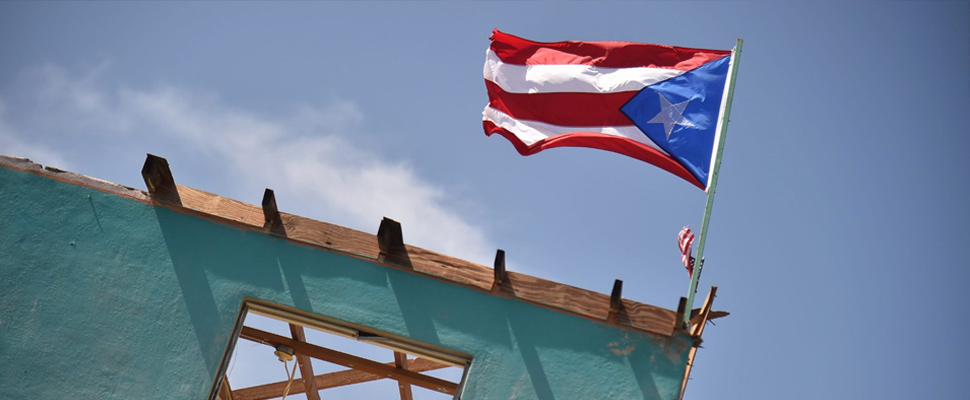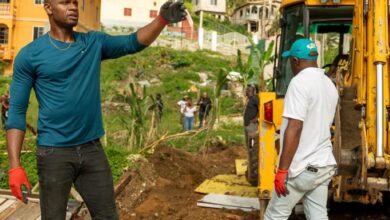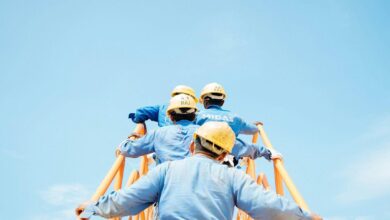Puerto Rico: 6 months after María
What has been done and what is still needed?

Leer en español: Puerto Rico: 6 meses después de María
From September 20 to October 3, 2017, category 4 hurricane María hit Puerto Rico and sharpened the crisis that was already being experienced. With maximum sustained winds of 250km/h, the natural phenomenon was positioned as the worst disaster of the last 100 years in the territory. Six months after the tragedy, its inhabitants continue to suffer calamities.
With Maria's passage, dozens of roads and bridges were impassable. Most hospitals were out of service for months. The electricity, potable water and communications systems collapsed. According to official reports almost 400,000 houses were destroyed and the estimated damage figure is estimated at 100,000 million dollars. Although the government of Puerto Rico reported that a total of 64 people had lost their lives, independent investigations of American universities and international media such as CNN indicate that the total number of deaths would exceed 1,000 victims.
Six months after the tragedy, more than 100,000 people remain in the dark or their neighborhoods still show constant blackouts. However, according to information from local media, more than 90% of electricity and water services are restored and it is expected that by May of this year (after 8 months of Maria's crossing), basic services would be restored in a 100% in the territory of the island.
The social consequences: migration and unemployment
Figures revealed by the Center for Puerto Rican Studies at Hunter College in New York show that at least 135,000 citizens would have migrated to the United States after being affected by the hurricane. More than 40% of these were located in the state of Florida, followed by Massachusetts, Connecticut, New York, and Pennsylvania, according to the information stated in the study.
In spite of the efforts of the Puerto Rican authorities, the inhabitants of the island demand more assistance, indicating that many commercial establishments ended in bankruptcy because they could never be reopened, hundreds of people were left without work and dozens of homes continue without being repaired.
The Federal Emergency Management Agency of Puerto Rico approved 6 billion dollars from its permanent fund for disaster relief, in the reconstruction and assistance after Maria's passage. This organization still has deployed more than 6,000 employees attending the emergency. Despite this, investigations by the AP news agency found that of the 23,000 million dollars pledged to Puerto Rico for the care of the tragedy, only 1,270 have been disbursed.
Before the passage of Hurricane Maria, Puerto Rico was already experiencing a delicate economic crisis.
The island has a debt of 123 billion dollars that it can not pay. Its citizens have had to support an increase in monthly bills for public services. Businesses that once had more than 400 employees now only have 10, and therefore thousands of jobs -both public and private payroll- have been cut. According to information from the New York Times, in the coming months the government plans to implement austerity measures that will hit especially teachers, this due to the closure of 184 schools authorized by the Secretariat of Education of the island.
Latin American Post | Krishna Jaramillo
Translated from "Puerto Rico: 6 meses después de María"





